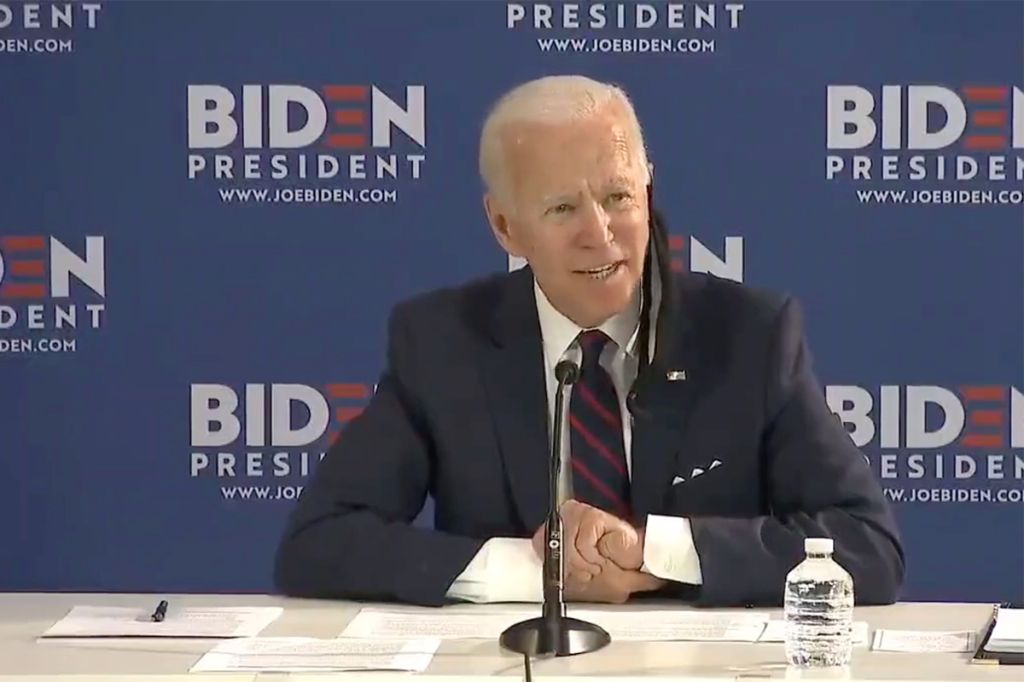Poverty Gap: How Do We Reduce It For Black Children?
Reducing The Black-White Poverty Gap: How Can We End It For Our Children?

Source: MoMo Productions / Getty
As we approach 2025, Black Americans are urgently seeking solutions to eradicate poverty, a critical issue within our community. With inflation soaring, wages remaining stagnant, and the cost of living rising, families fear they may struggle to afford necessities and support their children.
A 2022 study by the Center on Poverty and Social Policy at Columbia University revealed a stark reality: in 1970, Black children were over three times as likely as their white counterparts to live in poverty, a disparity that persists today. This Black-white child poverty gap serves as a barometer of racial inequality in the United States, highlighting how deeply embedded racism is in our socioeconomic system. It underscores the imperative for our leaders to evaluate and enhance social policies aimed at narrowing this gap.
The study also underscores the critical role of in-kind benefits, and non-monetary benefits, such as housing subsidies and food stamps, in supporting Black children. These benefits significantly boost the income-to-needs ratio for Black children, which is crucial for their well-being and development in America. Housing subsidies, in particular, have a substantial impact, increasing this ratio by 25% for Black children in poverty, compared to just 6.7% for White children, the study noted. Given that a larger proportion of Black households qualify as “extremely low-income” renters, they are more likely to benefit from such subsidies.
However, when it comes to cash-based programs like Social Security, disparities persist. White children disproportionately benefit from Social Security payments, with Black recipients receiving on average $2,330 less annually than their white counterparts. This highlights another area where systemic inequities need to be addressed to ensure equitable access to benefits that support economic stability and mobility.
Before factoring in government transfers and tax credits, the child poverty rate among Black children in the United States was alarmingly high at 46%, compared to 17% among White children. This staggering statistic underscores the urgent need for targeted policies and reforms to address the root causes of racial disparities in poverty rates. ”Child poverty rate of Black children (before tax credits and transfers) was 2.71 times that of White children,” the study noted.
Trump’s policies hindered public assistance.

Source: BRENDAN MCDERMID / Getty
Between 2018 and 2019, former President Donald Trump implemented significant reductions to vital public assistance programs that support millions of impoverished Americans. These cuts targeted essential initiatives like the Supplemental Nutrition Assistance Program (SNAP) and Section 8, which provide food and housing assistance, respectively.
In 2019, Trump’s Department of Agriculture introduced a rule intended to heighten work requirements for recipients of SNAP benefits, commonly known as food stamps. This rule, outlined in Section 6(o) of the Food and Nutrition Act of 2008, sought to limit the duration of benefits for able-bodied adults without dependents to three months from 36 months, unless specific work requirements were met. The rule also granted the Department authority to temporarily waive this limit in regions experiencing unemployment rates exceeding 10% or where there were insufficient job opportunities. However, its implementation was halted shortly before taking effect due to the overriding impact of COVID-19 policies.
Additionally, Trump’s administration proposed substantial cuts to Section 8 rental assistance and public housing programs, crucial lifelines for 4.4 million low-income households. Specifically, these budgetary measures sought to eliminate Housing Choice Vouchers, which help low-income families afford modest private apartments. This decision would have directly affected approximately 200,000 households, disproportionately impacting extremely low-income seniors, individuals with disabilities, and working families with children. These cuts threatened to undermine community efforts to combat homelessness and weaken housing stability, which is vital for children’s educational attainment and overall development.
Biden’s American Rescue Plan temporarily bridged the gap.

Source: Twitter / Twitter
President Biden entered office with a strong mandate to bolster the social safety net, a commitment underscored by his response to the COVID-19 pandemic. His agenda, rooted in a robust view of the government’s role, swiftly reversed Trump-era SNAP policies, eliminating work requirements and expanding eligibility. Additionally, he issued executive orders extending a 15 percent increase in SNAP benefits and empowering states to enhance these supports, the Free Opp Blog noted.
Biden’s most ambitious initiative, the American Rescue Plan, initially aimed at a sweeping $3.5 trillion overhaul. Proposals included universal pre-K education, increased childcare funding, and a permanent expansion of the child tax credit (CTC), or cash assistance for parents with dependent children. However, faced with bipartisan resistance, Biden ultimately was forced to compromise on a significantly reduced version.
Despite the scaleback, Columbia University’s study highlighted the transformative impact of the 2021 American Rescue Plan in temporarily bridging the gap between Black and white poverty rates. By making the Child Tax Credit fully refundable, the plan ensured nearly all families could benefit from the credit, irrespective of their income level. The initiative also raised the maximum annual credit to $3,000 per child aged 6-17 and $3,600 per child under age 6, with payments distributed monthly.
Research indicates that these changes swiftly led to a reduction in child poverty rates, decreased instances of food insecurity, and enhanced overall financial and material well-being for families. Projections suggest that continuing to expand the Child Tax Credit could significantly lower the child poverty rate, particularly benefiting Black children, who could see their poverty levels decrease by more than 50% if all eligible children receive the expanded credit.
This reform not only has the potential to narrow the Black-white child poverty gap but also promises substantial reductions in overall child poverty. As we navigate our socioeconomic challenges, our leaders must prioritize policies that actively address racial inequality and dismantle systemic barriers that perpetuate poverty within the Black community.
SEE MORE:
This Juneteenth, Let’s Focus On Real Solutions To Address The Racial Wealth Gap




